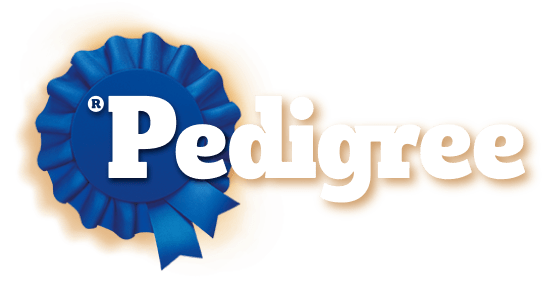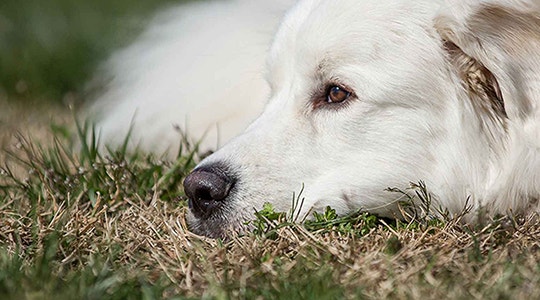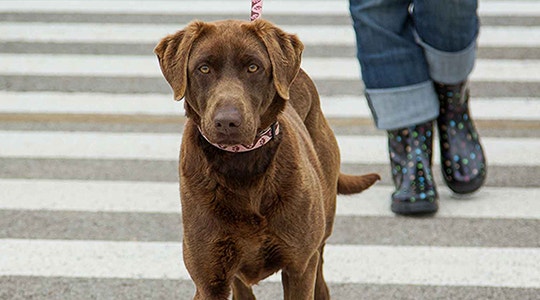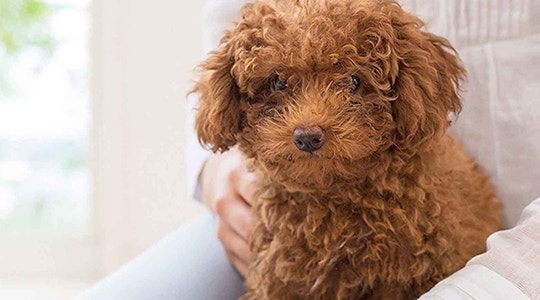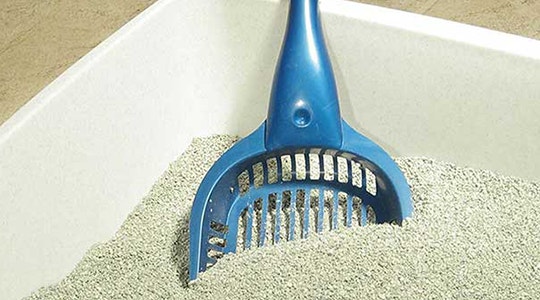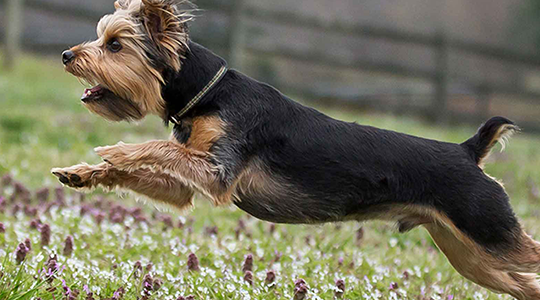
All About The Yorkie’s Hair
With its long silky hair, the Yorkshire terrier has one of the most distinctive coats in the canine world. And while this luxurious coat is beautiful, it can also be quite a job to care for.
The Yorkie's hair is almost identical to human hair, which makes the breed a good choice for those with pet allergies. The downside is that like human hair, your Yorkie's hair continues to grow, and without attention, can become easily matted. To keep your pooch looking spiffy, he needs regular grooming and daily care.
The long and short of Yorkie grooming
How frequently your dog needs to be professionally groomed depends on the length and texture of his coat. A soft coat or cottony coat is much more difficult to maintain than the smooth silk coat. Soft hair mats more, is more difficult to keep clean, and breaks more easily. If this is your Yorkie's coat, consider having his hair clipped into a short puppy cut to keep your home grooming chores to a minimum.
While the long flowing coat is the style you typically see in breed books and at dog shows, it takes patience and constant care to achieve that look. Floor-length manes require monthly visits to the groomer. And, if you want to keep that long silky coat tangle-free, daily brushing and weekly shampooing is up to you. Let it go and your dog will end up a snarled mess.
Think short for Summer
Like all toy dogs, Yorkies may become overheated in extreme temperatures regardless of whether they have a long or short cut. If your dog is a pet rather than a show dog, a short summer cut may be a smart idea. Likewise, as a 'single-coated' breed, Yorkies don't have an undercoat to protect them from the cold. So remember, he may need a sweater when the temperature drops.
Tips for smooth brushing
- Never brush your dog's coat while it is totally dry. For smooth going, mist him with a mixture of water and conditioner before brushing.
- Use a good pin brush with a rubber back--natural bristle brushes can break the fine hairs of your dog's coat. Avoid brushes with small balls on the end of the pins, which can pull at the coat and break it. After brushing, use a wide-toothed grooming comb and comb the coat to remove any stubborn snarls.
- Treat any knots or mats gently. Don't rip through the hair. Gently pick as much apart with your fingers as you can and work from the ends up to get the mat out.
- Be sure to check the hair surrounding the anus-it can become matted with feces. If your dog is professionally groomed regularly, this should not be a problem.
Whichever style you choose for your Yorkie, just be sure to keep him clean and brushed. Since this breed loves attention, grooming can become an activity that your dog learns to enjoy with you. And that can make it worth every bit of effort.
